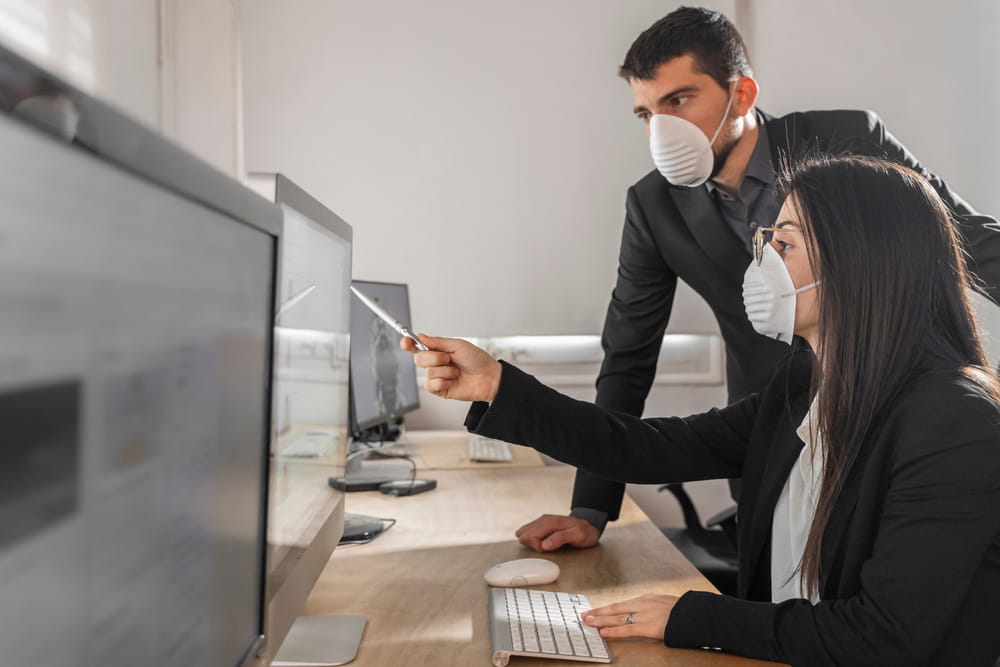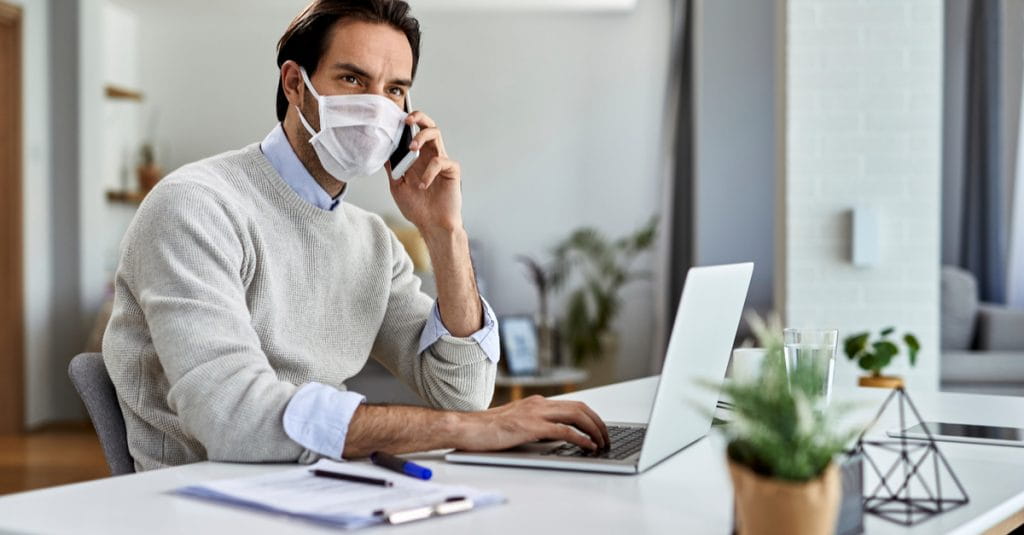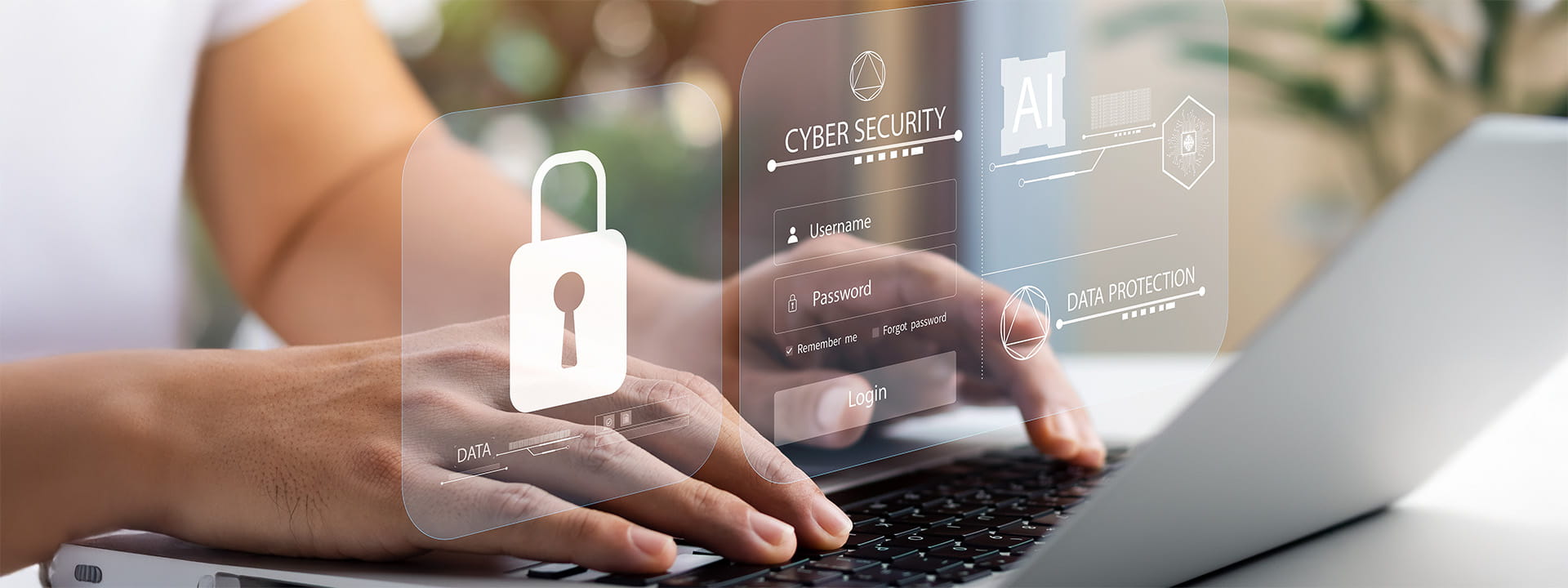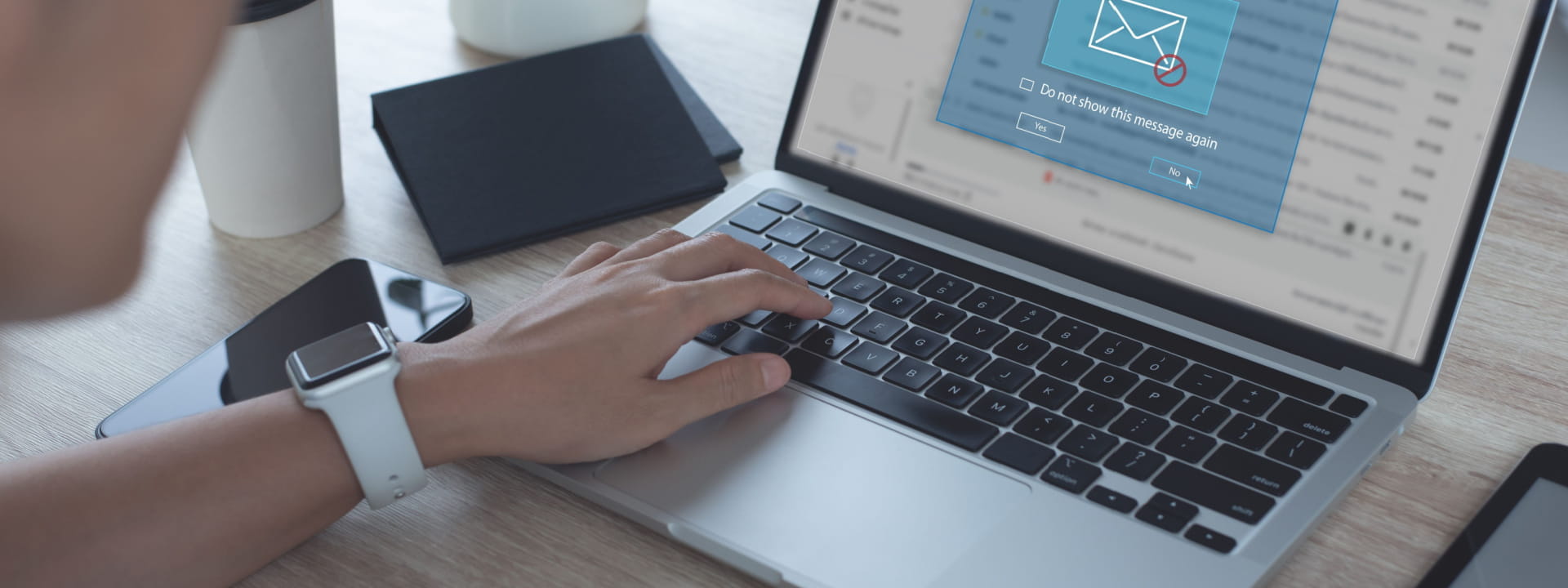Why Contact Tracing Will Make All The Difference For Small Businesses Post Pandemic

Small businesses around the country have many decisions to make as they start to gear up and prepare their recovery from the pandemic. This is particularly the case for those companies who plan to re-open their doors to their workspaces, whether that is having staff work in the office full time, or on hybrid-working rosters.
Many professional organisations are already exploring options such as hot-desking in co-working spaces, implementing team rotations for weeks on and off, or having their staff work mixed hours between home and the office. For some it is a matter of remaining in the guidelines of social distancing regulations, and for others, it’s providing their staff with flexible work-life balance arrangements that suit them. Regardless of the reason, managers need to keep an eye on how many numbers walk through their office doors, and contact tracing is the best solution for them to handle this effectively.

The modern workplace of 2020 onwards
Peter works in a medium sized advertising agency with 20 staff. Before COVID struck, the team was expected to arrive at their city-based office for 8.30am, and work through until 5.30pm. They each had a desk, a PC, and a set work routine. Once the pandemic was in full force, Peter’s team were kitted out with laptops, home printers, and accessories, and asked to work remotely from home, using video calling as their means of team collaboration.
In the past couple of months, Peter’s managers made the decision to take their agency to a co-working space, as they found this more cost-effective. As a result, they have given the staff the option to start coming back into the office or working from home. With this flexibility, Peter now hot-desks twice a week in the new office space, and works from home the other three days. Given that the company shares the space with several other businesses, Peter will sign in using the visitor management system set up at reception, which logs him as in the building. He finds a comfortable space near the window to work, checks in to that space through the printed QR code stuck on the table, and begins his day at work, making sure to check in and check out each time he leaves for a break, or moves to a new space.
This way of working has become a very popular choice for many professional businesses, who are capable of running their operations without needing a full team present on site. Sharing a space is not only cost-effective, but it is also great for networking and collaboration with other companies who might come from different industries. Services such as cleaning, printing, and technical support are included in the price, which makes it an attractive package for small businesses. For other small businesses, sharing a space might not be an option; however having multiple guests and clients come through the doors throughout the day may require monitoring.

Top Tips For Managing Staff and Guest Movement
As a manager, one is responsible for ensuring that the staff are safe in their environment, particularly if an outbreak of COVID should occur. For that reason, here are three tips to get your small business on track in a post-pandemic work environment:
1. Contact Tracing Through Visitor Management
Small businesses need to be considering contact tracing options from now, as a way to monitor staff and visitors, as they move around, in and out of the office. Contact tracing has proven to be a very effective way to keep the case numbers contained throughout the pandemic, and will be beneficial in minimising the impact of an outbreak in the office, should it occur.
Visitor Management Systems (VMS) are by no means new to the market. Larger companies have been working with Visitor Management Integrators such as SINE and Rapid Global for years, particularly to keep spaces private and secure. However, smaller businesses also need to look into implementing a VMS in order to ensure that all regulations for health and safety are being met, particularly if they want to remain operational. Setting up a VMS kiosk at the front reception desk, not only minimises the pressure on reception staff to be present at all times to check people in, but it can also act as an instant notification system, letting your staff know when their guests have arrived via text or through email.
Individuals can check in and out as they enter and exit an office, making it easy to trace what time they arrived, what time they left, and who they may have come into contact with. Brother has a range of professional label printers, such as the QL-820NWB, that work well as part of a VMS, printing out visitor labels with details so that members in the office can identify that person is authorised to be around.
2. QR Labels on Desks and in Shared Spaces
Building on the VMS method, offices with hot-desks or shared workspaces should also monitor the movement of people throughout the space. A very simple solution for this is to print a QR code linked to a VMS, using a label printer such as Brother’s PT-P910BT (P-touch Cube Pro), which works with Brother’s free design software, the Design&Print2 app.
Users can scan the QR label whenever they sit at a hot desk, or use a shared space such as a board room, as a way of allowing the management team to see where they were situated within the building, at what time, and who was sitting around them. The technology behind this method is so advanced, that using a QR code that’s scanned by a mobile can also trigger geo-tagging capabilities that allow the tracing system to checkout an individual from the space, should that GPS enabled smartphone travel a certain distance from the premises. Using Brother’s TZe labels, which have been tested to the extreme, these labels can be printed on the go, and are designed to endure harsh exposure, meaning they’ll stick well to whatever surface they are placed on and withstand whatever is spilt on them, both inside and outside.
3. Turn to Touchless
While this tip is not directly related to contact tracing, it is relevant to minimising movement and reducing touchpoints throughout the office. In spaces where people are required to share devices such as printers, implementing a touchless release of the print job through the use of personal swipe cards, is a great way to minimise staff physically touching high-traffic surfaces. Many MFC devices, such as Brother’s MFC-L8900CDW are inbuilt with touchless NFC technology, making it easy for the tech staff to introduce this system.
Staff can send a print job to a very specific device, and release the job when they arrive there – this minimises unnecessary movement around the office, and ensures that multiple staff aren’t risking the spread of infection by touching a shared screen, and not sanitising appropriately afterwards.
How Brother can help your business adapt
Small businesses need to be ready to get on board with new systems, to minimise disruption to their everyday workflow. By taking measures to introduce visitor management and contact tracing systems to their offices, they are preparing to adapt to any new government legislations quickly and effectively. These are some necessary steps that organisations need to consider, to ensure they remain operational with minimal fuss.
Take the first steps for your small business, and get in touch with Brother to discover the most suitable visitor management and contact tracing solutions for your organisation’s setup.





